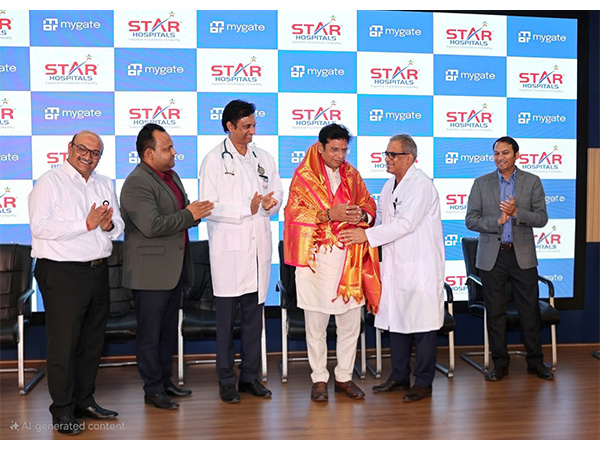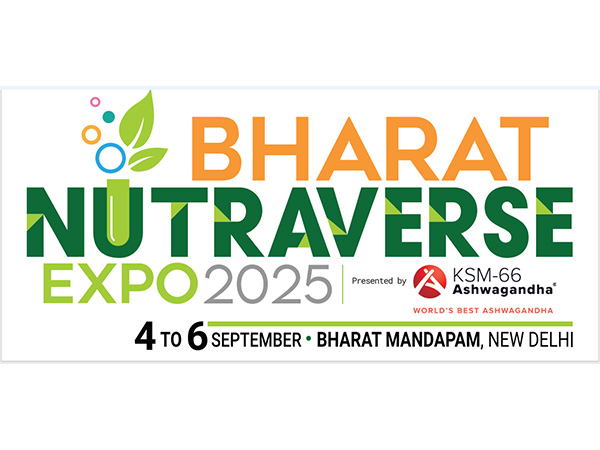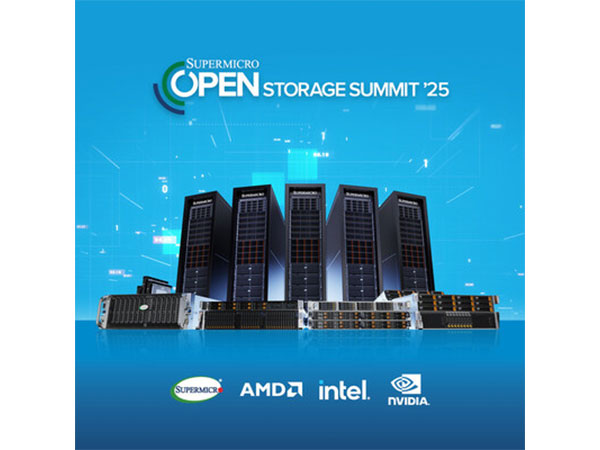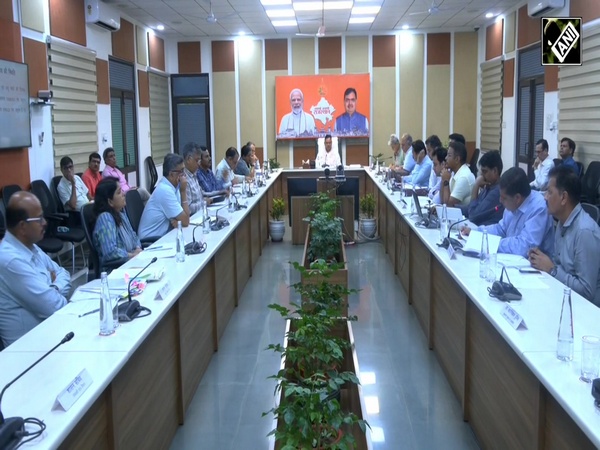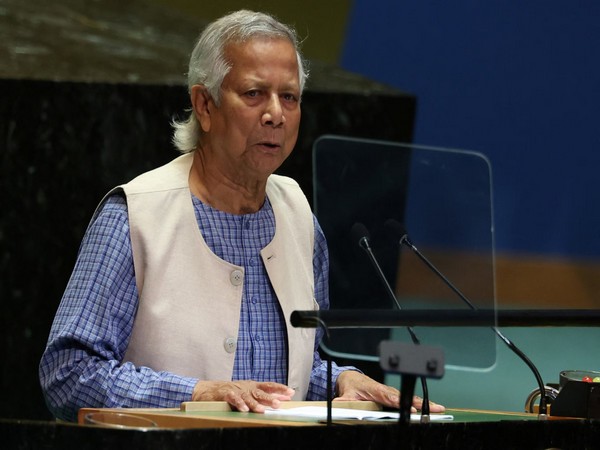
Semantic Layer Takes Center Stage at ICDSA 2025 Hosted by MNIT Jaipur
Jul 31, 2025
VMPL
Jaipur (Rajasthan) [India], July 31: The 6th International Conference on Data Science and Applications (ICDSA 2025), hosted by Malaviya National Institute of Technology (MNIT) Jaipur, brought together researchers, academicians, and industry leaders from around the world. The conference focused on cutting-edge advancements in artificial intelligence and data science.
A major highlight of the event was the keynote presentation by Kapil Kumar Goyal, a leading AI product strategist and keynote speaker, on the "Semantic Layer"--a concept rapidly gaining traction as a foundational element in building governed, explainable, and production-ready AI systems. ICDSA, now in its sixth edition, has emerged as a premier platform for showcasing innovation in AI and data science.
The keynote addressed challenges plaguing modern AI initiatives--notably the lack of contextual and consistent data across organizational systems. The semantic layer, serving as a bridge between raw data and AI applications, was presented as a breakthrough approach to standardizing data definitions, improving interoperability, and reducing ambiguity across data models.
Goyal demonstrated how the semantic layer unifies data interpretation across departments--allowing AI models, dashboards, and decision systems to operate with shared understanding. This approach boosts both transparency and trust in AI outcomes.
Use Cases from Industry Practice
Drawing on his extensive industry experience, Goyal introduced delegates to real-world implementations:
- E-commerce platforms leverage the semantic layer to ensure unified customer definitions across marketing and analytics--enabling personalized experiences at scale.
- In financial services, standardized signals (such as IP mismatches or device fingerprints) enhance fraud detection and simplify compliance reporting.
Framework for Semantic Layer Integration
A structured framework was outlined for implementing semantic layers within enterprise ecosystems:
1. Declarative Data Modeling
2. Metadata-Centric Architecture
3. Contextual Data Access
4. Seamless Integration with Existing Tools
These pillars are considered vital for organizations looking to future-proof their AI infrastructure while ensuring agility and auditability.
Shaping the Future of AI Interaction
The session concluded with a discussion on the evolution of human-AI interaction--where semantic schemas, low-code platforms, and domain-specific language models could allow users to engage with data using natural language queries.
As emphasized by Goyal, the future of AI will be shaped not just by powerful algorithms, but by how intelligently data is structured and made interpretable. The semantic layer, as presented, emerges as a key enabler in making AI systems more scalable, reliable, and business-aligned. This keynote coverage reinforces Goyal's growing visibility as a thought leader in AI-driven systems and semantic architectures.
Full Session Recordings: Watch Keynote Sessions
Speaker LinkedIn Profile: Kapil Kumar Goyal
(ADVERTORIAL DISCLAIMER: The above press release has been provided by VMPL. ANI will not be responsible in any way for the content of the same)

